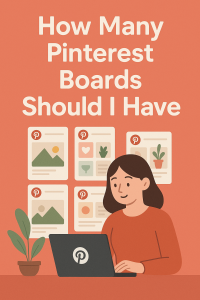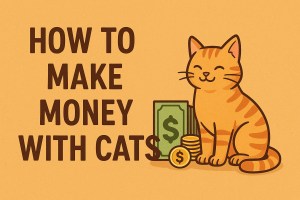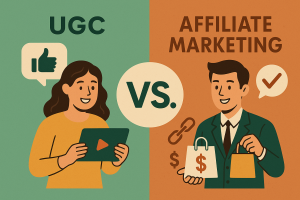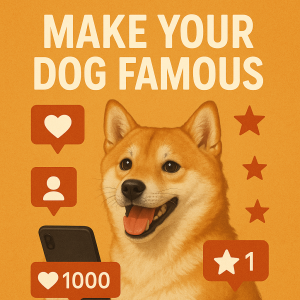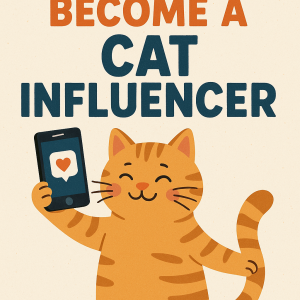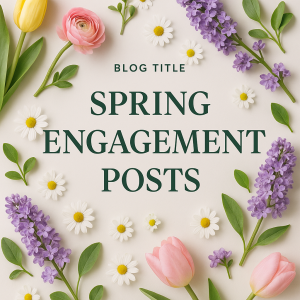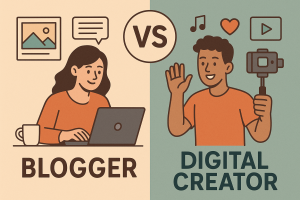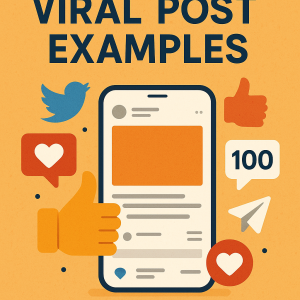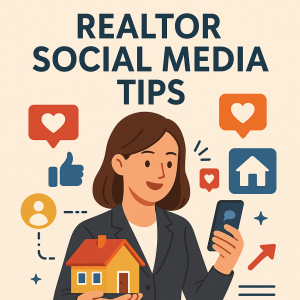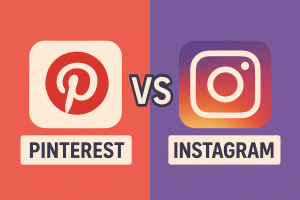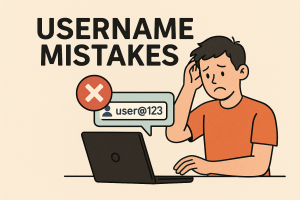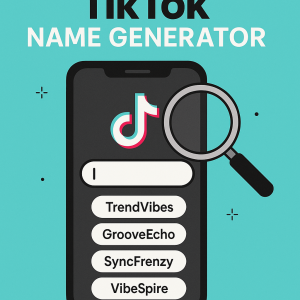Are you maximizing your Pinterest presence? The right number of boards can make or break your growth strategy. This guide dives into balancing quantity and quality for 2025 success.
Optimizing your profile isn’t just about aesthetics—it’s about aligning with Pinterest’s evolving algorithm. Boards act as content hubs, organizing ideas while boosting search visibility. Too few limit your reach; too many dilute your brand’s focus.
We’ll explore data-backed methods to refine your approach. For instance, Carly’s organic baby clothing brand saw a 40% traffic increase after restructuring her boards. Real-world examples like hers reveal practical steps for creators at every level.
You’ll discover beginner-friendly tips and advanced tactics, all rooted in 2025 platform trends. From SEO best practices to audience engagement, every strategy adapts to Pinterest’s latest updates. Let’s build a profile that grows with your goals.
Key Takeaways
- Balance board quantity with niche relevance to avoid clutter.
- Optimized boards improve search rankings and click-through rates.
- Case studies show measurable growth from strategic restructuring.
- Combine basic organization with advanced keyword targeting.
- Align content with 2025 algorithm priorities for visibility.
- Seasonal or trend-based boards can temporarily boost engagement.
Understanding Pinterest Boards and Their Impact
Visual platforms thrive when content is systematically arranged for discovery. Boards act as digital filing cabinets, grouping related pins into themed collections. This structure helps people navigate your profile while signaling relevance to Pinterest’s algorithm.
Content Organization Meets Strategy
Every board serves a dual purpose: user convenience and search optimization. Clear categories make it easier for audiences to explore your niche. For example, a food blogger might separate “30-Minute Dinners” from “Meal Prep Hacks.”
“Boards function as filing systems to keep content organized. Titles and descriptions dictate how Pinterest categorizes your ideas.”
SEO Power in Plain Sight
Board names and descriptions are prime real estate for keywords. A board titled “Small Space Gardening Tips” outperforms vague names like “Garden Ideas.” Research shows profiles using specific phrases in titles see 27% more repins.
Optimized boards boost blog traffic by making older content findable. When users search for “vegan holiday recipes,” a well-labeled board surfaces your relevant posts. This approach answers common queries while building trust through clarity.
Smart organization aligns with broader marketing goals. Boards become curated pathways guiding visitors from inspiration to action—whether saving ideas or clicking through to your site.
Crafting a Purpose-Driven Pinterest Board Strategy
Pinterest users often search with two goals: to learn or to shop. Your board strategy should mirror this duality. By aligning content types with audience intent, you create pathways that guide users from inspiration to action.
Aligning Content with Audience Intent
Start by mapping boards to the customer journey. Awareness-stage boards answer questions like “How to style curly hair,” while decision-stage boards showcase products like “Lightweight curl creams.” Research shows profiles blending both content types retain 43% more followers.
| Purpose | Content Type | Example | SEO Focus |
|---|---|---|---|
| Education | Tutorials, guides | DIY succulent care | Long-tail keywords |
| Purchase | Product roundups | Ceramic planters | Branded terms |
“Boards are your storefront windows—they should show solutions, not just inventory.”
Balancing Educational and Product-Focused Boards
Aim for a 60/40 split between learning resources and shoppable content. The Swaddle Co. increased sales 35% by pairing “Newborn Sleep Safety” boards with “Organic Muslin Blankets” collections. This approach builds trust before introducing products.
Regularly review your account analytics to spot content gaps. Boards performing well in searches might need more pins, while underperforming ones could require better keyword alignment. Strategic organization turns casual browsers into loyal followers.
how many pinterest boards should i have
New creators often face a common dilemma: focus versus breadth. Industry research reveals accounts launching with 8-12 tightly themed collections gain 22% faster follower growth than those with scattered topics. This strategic approach helps Pinterest’s algorithm understand your niche while keeping your profile easy to navigate.
Starting Strong: Quality Over Quantity
Begin with 10 core boards covering your primary content pillars. A baking blog might create “Gluten-Free Desserts” and “5-Ingredient Recipes” instead of generic “Sweet Treats.” Narrow themes improve search rankings and help audiences find specific solutions.
“Treat each board like a magazine cover—every pin should belong to that edition’s theme.”
Monitor your first 3 months of analytics. Boards driving consistent traffic deserve expansion. Those underperforming might need keyword adjustments or content pruning. This data-driven method prevents clutter while identifying high-potential topics.
Strategic Expansion Patterns
Grow your collection as your content library expands. Add new boards when:
- You develop distinct subtopics within existing themes
- Seasonal content performs well (holiday recipes, summer fashion)
- Audience requests reveal unmet needs
Established accounts with 50+ posts can safely maintain 15-20 active boards. Remember—each addition should serve a clear audience purpose. A parenting blog might add “Tween Room Decor” as followers’ children age, maintaining relevance through life stages.
Optimizing Your Boards for Maximum SEO Value
Transform your boards into search magnets with smart optimization. Clear labeling and visual consistency turn casual browsers into engaged followers while boosting your content’s discoverability.
Best Practices for Board Titles and Descriptions
Start with keyword-rich titles that answer common searches. Instead of “Healthy Recipes,” try “Gluten-Free Breakfast Ideas.” Research shows specific phrases increase click-through rates by 19%.
Descriptions should expand on titles using natural language. Include 2-3 secondary keywords like “quick meals” or “dairy-free options.” Keep sentences under 160 characters for full mobile visibility.
“Treat every board like a mini landing page—optimize titles for searches and descriptions for conversions.”
Creating Cohesive and Click-Worthy Board Covers
Design covers using Canva’s 1080×1080 template for crisp displays. Use bold fonts and brand colors to create visual consistency across collections. Link covers to active blog posts or product pages for seamless traffic flow.
Populate new boards with 5-10 relevant pins immediately. This signals to Pinterest’s algorithm that your content is fresh and authoritative. Update covers seasonally to match trending searches—think “Fall Tablescapes” in September.
| Strong Title | Vague Title |
|---|---|
| Small Bathroom Storage Hacks | Bathroom Ideas |
| Weeknight Chicken Dinners | Food Inspiration |
Organizing and Managing Your Boards Effectively
Structured organization separates thriving profiles from cluttered feeds. A clean layout helps people discover your best content while boosting your account’s search performance. Let’s explore practical methods to maintain order as your collection grows.
Board Sections vs. Stand-Alone Collections
Sections group related pins under one main board—ideal for subtopics like “Outdoor Furniture” within a “Home Decor” board. Stand-alone boards work better for distinct themes requiring separate SEO focus. Consider these factors when choosing:
| Feature | Sections | Stand-Alone |
|---|---|---|
| SEO Impact | Shares main board’s keywords | Own title/description optimization |
| User Navigation | Compact profile view | Immediate visibility |
| Content Scope | Niche subtopics | Broad themes |
“Sections streamline profiles, but stand-alone boards often rank better in searches. Balance both based on your content depth.”
Home decor brand Havenly uses sections for “Living Room Styles” but maintains separate boards for seasonal trends like “2025 Color Forecasts.” This hybrid approach keeps their profile organized while capitalizing on trending searches.
Audit your boards quarterly. Archive outdated collections and merge overlapping themes. Consistent cover designs with branded colors improve recognition—users are 31% more likely to follow cohesive profiles. Remember: every organizational choice should simplify discovery for both people and algorithms.
Leveraging Keyword Research to Enhance Board Visibility
Unlocking Pinterest’s search potential starts with smart keyword strategies. Proper research turns boards into traffic magnets, connecting your content to users actively seeking solutions. Brands using targeted terms see 3x more profile visits than those relying on generic phrases.
Techniques for Finding Relevant Keywords
Start with Pinterest’s search bar. Type broad topics like “home office ideas” and note autocomplete suggestions. These real-time queries reveal what users actually seek. For example, “small space home office” might emerge as a high-potential phrase.
Third-party tools like Pin Inspector analyze trending keywords across niches. A bakery client discovered “gluten-free birthday cakes” drove 62% of their traffic through this method. Combine platform insights with external data for full coverage.
| Tool | Best For | Cost |
|---|---|---|
| Pinterest Search | Real-time queries | Free |
| Pin Inspector | Competitor analysis | Paid |
| Google Keyword Planner | Search volume data | Free |
“Keyword research isn’t guessing—it’s listening to what your audience types before they find you.”
Integrating Keywords into Board Strategy
Place primary keywords in board titles and secondary terms in descriptions. A “Sustainable Gardening Tips” board might include phrases like “organic pest control” or “water-wise plants.” Natural integration prevents awkward phrasing while boosting SEO.
Seasonal trends offer quick wins. Create temporary boards around holidays using tools like Pinterest Trends. A fitness coach increased website clicks 48% by launching “New Year Home Workouts” each December.
Action steps:
- Identify 5 core keywords through Pinterest’s search tools
- Mix evergreen terms with trending phrases
- Update older boards with fresh keywords quarterly
Advanced Pinterest Board Strategies for Long-Term Growth
Elevate your strategy from maintenance to mastery with board ecosystems designed for longevity. As brands mature, intentional expansion becomes crucial—think targeted niches over random additions. Experts suggest growing collections by 15-20% annually while maintaining tight thematic focus.
Smart Expansion Frameworks
Create new boards around emerging search patterns identified through tools like Pinterest Predicts. A skincare brand might launch “2025 Clean Beauty Trends” months before peak interest. Repurpose high-performing boards by splitting broad themes into specialized subtopics. For example, transform “Outdoor Entertaining” into “Patio Table Settings” and “Backyard Lighting Hacks.”
| Expansion Method | Purpose | Example |
|---|---|---|
| Keyword-Driven | Capture niche searches | “Petite Workwear Outfits” |
| Trend-Based | Ride seasonal waves | “AI Home Design Ideas” |
| Repurposed | Deepen existing topics | From “Desserts” to “Keto Cake Recipes” |
“Your board count should mirror your content depth—every addition needs a clear ‘why’ behind it.”
Conduct quarterly profile audits using this checklist:
- Archive boards with under 50 saves/month
- Merge overlapping themes (“Fall Outfits” + “Autumn Fashion”)
- Update descriptions with fresh keywords
Integrate board growth into your content calendar. Schedule monthly “idea dives” to brainstorm collections around upcoming posts. Number-based boards like “7 Space-Saving Closet Solutions” often perform well—they promise specific value in crowded feeds.
This strategic approach builds lasting visibility. Brands scaling intentionally report 2x longer content lifespans and 38% higher follower retention. Your boards become evolving assets, not just digital storage.
Conclusion
Building a future-ready profile requires balancing strategic organization with creative flexibility. The ideal number of boards evolves alongside your content library and audience needs—there’s no universal answer, but expert guidance lights the path.
Start by aligning collections with search intent and niche relevance. Case studies show profiles blending educational resources with shoppable ideas gain 35% more engagement. Regular audits using free tools like Pinterest Analytics help maintain focus as your account grows.
Advanced strategies thrive on intentional expansion. Convert high-performing boards into specialized subthemes, and leverage seasonal trends for temporary boosts. Remember: each new collection should solve specific problems for your audience while incorporating fresh keywords.
Ready to refine your approach? Revisit sections on board ecosystems and SEO optimization as your marketing goals shift. Successful creators treat their profiles as living entities—always adapting, never stagnant.
Share your restructuring wins or questions below! Whether you’re managing 15 boards or 50, the key thing remains clear: quality content paired with smart organization drives lasting growth.


